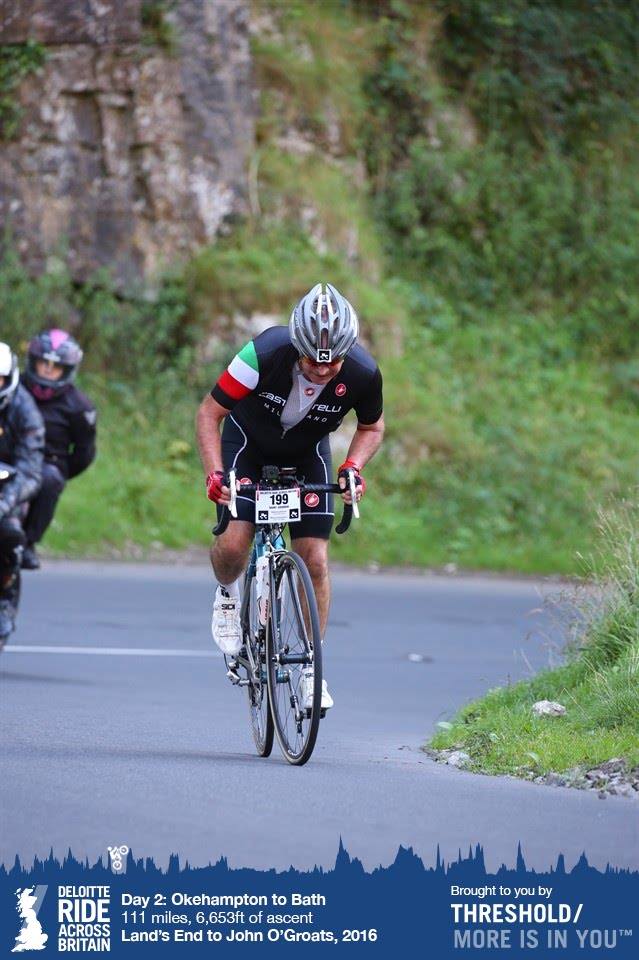Welcome to another blog to help you gain sustainable fitness and wellbeing through road cycling.
Previously we talked about the alternatives to lycra, riding in the rain, saddles, etc. Hopefully you have enjoyed our musing and our suggestions.
Today we talk about the importance of a good pedalling technique. Pedalling is seldom taught, but as it is the means to get us from A to B, so we need to get it right.
Starting with the basics. Pedals are attached to cranks, which are connected to the front cog. The cranks turn the back wheel (via the cogs and chain) and hence we get forward motion. Some bikes have gears, some don’t, let’s not worry about that just yet.
The most common problem is pedal “stamping”, which is not only hard work, but also inefficient (you are applying power only a fraction of the time). This leads to knee pain and muscle cramps, especially over longer distances. We therefore need to smooth our pedalling, applying constant pressure across the entire stroke. A good way to correct stamping is to pretend you are wiping something off your feet when the pedal is at the 6 o’clock position.
The next problem is pedalling too slowly. You may have experienced when cycling that when reaching hills or inclines you need to use all your energy and grind your way up, or just get off and push. This can be corrected by learning to spin the pedals faster than you probably do now. We call this pedal speed the cadence, and when done right, it allows you to comfortably spin your legs without straining muscles or wearing yourself out. There is no right or wrong speed; for those of you who have done spinning classes, you are probably used to spinning at over 100RPM, however in real life, it is very tough to maintain that speed unless you have extremely good cardiovascular fitness.
To find your right cadence, start off by only the gears on the back wheel. Select a gear where the chain is positioned on the middle cog. Go for a gentle ride on a flat road and spin your legs in that gear. Then select the next harder gear (smaller cog) and continue. How does that feel? Next go back to the original cog, and select an easier gear (larger cog). How does that feel?
Depending on your preferences and fitness you should be able to find a gear that allows you to comfortably spin without too much exertion.
Try maintaining this gear and cadence on your next training ride, and when you see a hill, progressively select easier gears to keep your pedal speed constant.
Once you have mastered your pedalling technique you’ll be surprised how much easier hills and slopes become. You will keep your momentum and no longer have to grind unless it is a particular steep hill.
We’ll give you some hints and tips on the importance of getting the three contact poins correct and the impact of when we get it wrong. how to climb hills in the next blog. Until then, enjoy your training, keep those legs spinning and get your grn factor back.
ciao, Grant
